Textured Walls & Ceilings
Walls and ceilings are often overlooked when it comes to interior design, but their textures and details can transform a space from ordinary to extraordinary. The right combination of molding, trim, and textured finishes can add depth, sophistication, and personality to any room. Whether you prefer classic elegance or modern intrigue, incorporating texture into your walls and ceilings allows you to create a space that feels curated and visually captivating.
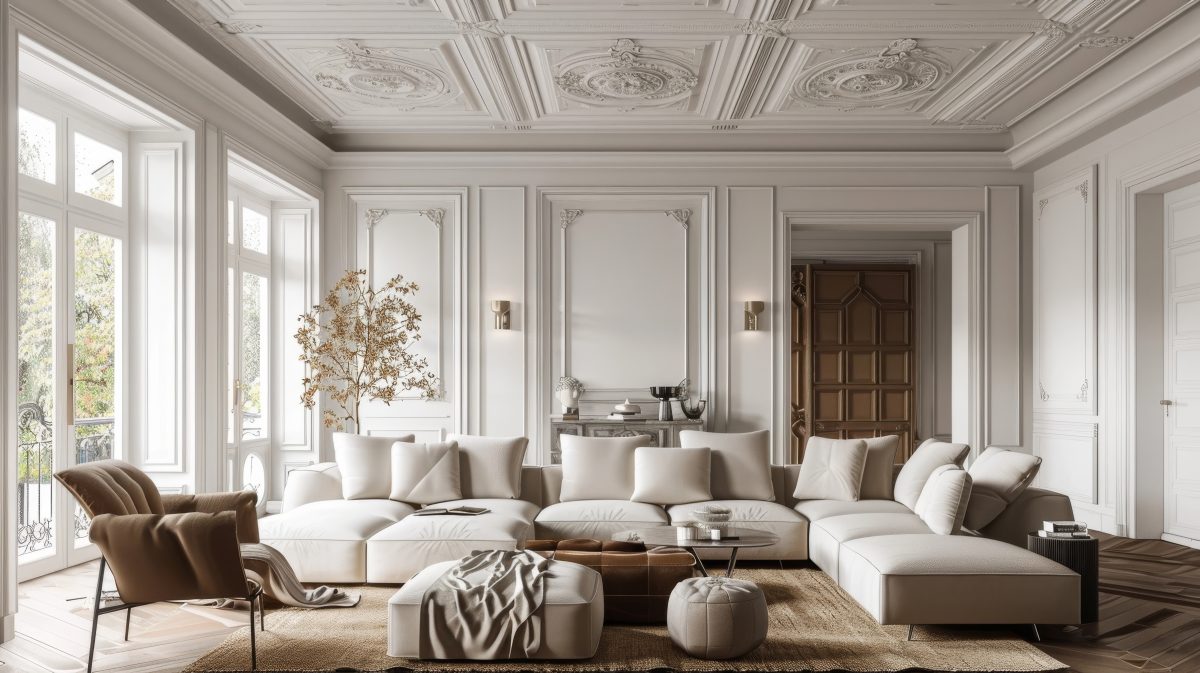
The Power of Textured Walls and the Impact of Molding and Trim
Textured walls bring dimension and character to a room, making them a powerful tool in design. From Venetian plaster to wallpaper with raised patterns, there are endless options to introduce texture in creative and stylish ways. Painted textures, such as faux finishes or stucco, can provide a subtle depth that changes with the lighting throughout the day. Beyond aesthetics, textured walls can also help conceal imperfections and add durability to high-traffic areas.
Molding and trim are essential components when working with textured walls. These architectural details frame the texture, providing a polished and structured appearance. Chair rails, picture frame molding, and wainscoting can define sections of a wall and enhance the overall architectural appeal. These elements break up large, blank surfaces and create visual interest without overwhelming a space. Board and batten paneling introduces vertical or grid-like patterns that amplify the depth of a textured wall, while shiplap combines texture with clean lines for a balanced aesthetic.
Baseboards and casings also contribute to the overall impact of textured walls. A well-defined baseboard grounds the design, offering a visual boundary between the wall and floor. Door and window casings can highlight architectural features while ensuring that the textured elements feel deliberate and finished. When these trim elements are paired thoughtfully with wall textures, they create a dynamic yet cohesive look. By carefully selecting and positioning molding and trim, you can emphasize certain textures, making the design feel intentional and harmonious.
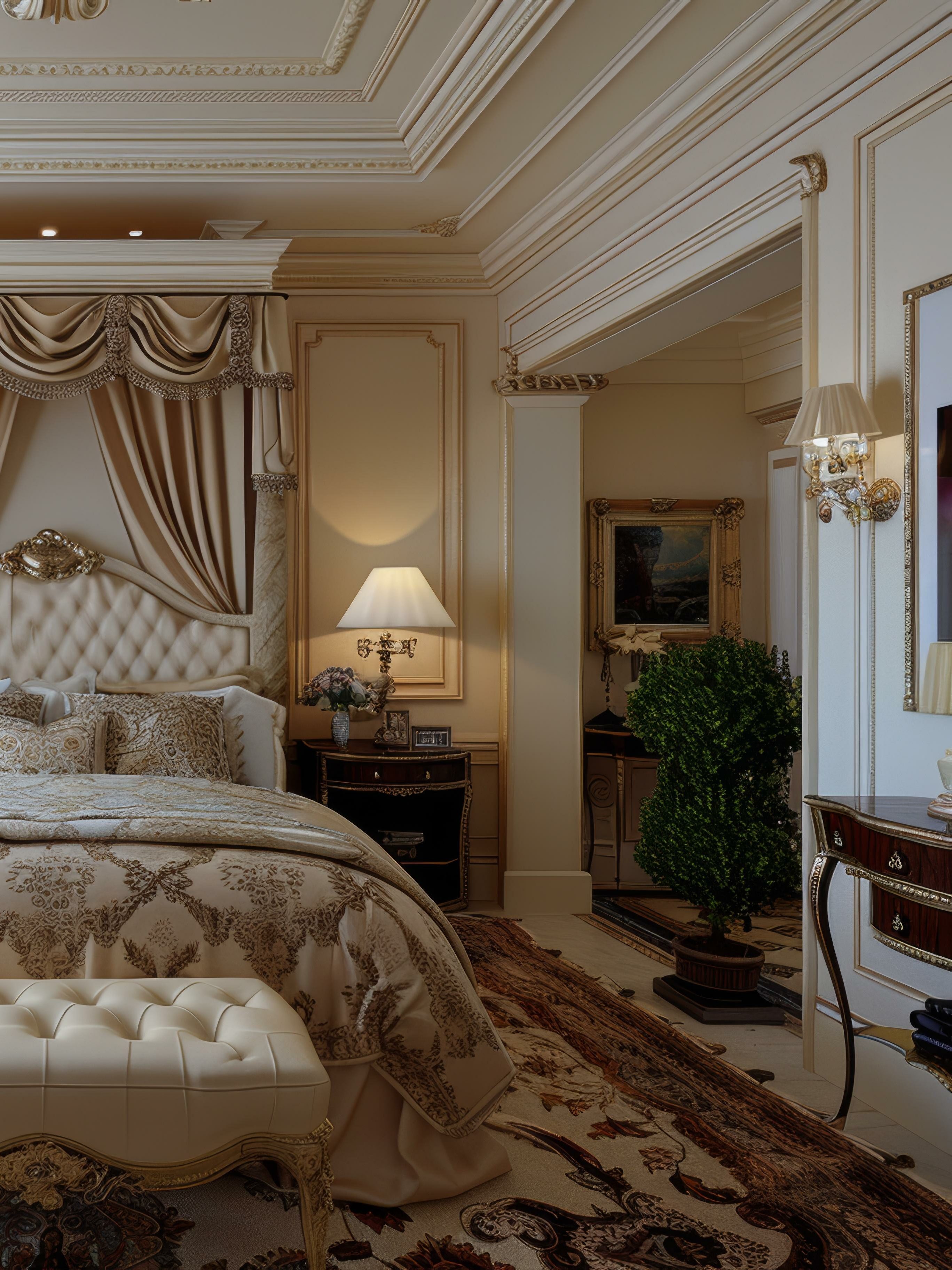
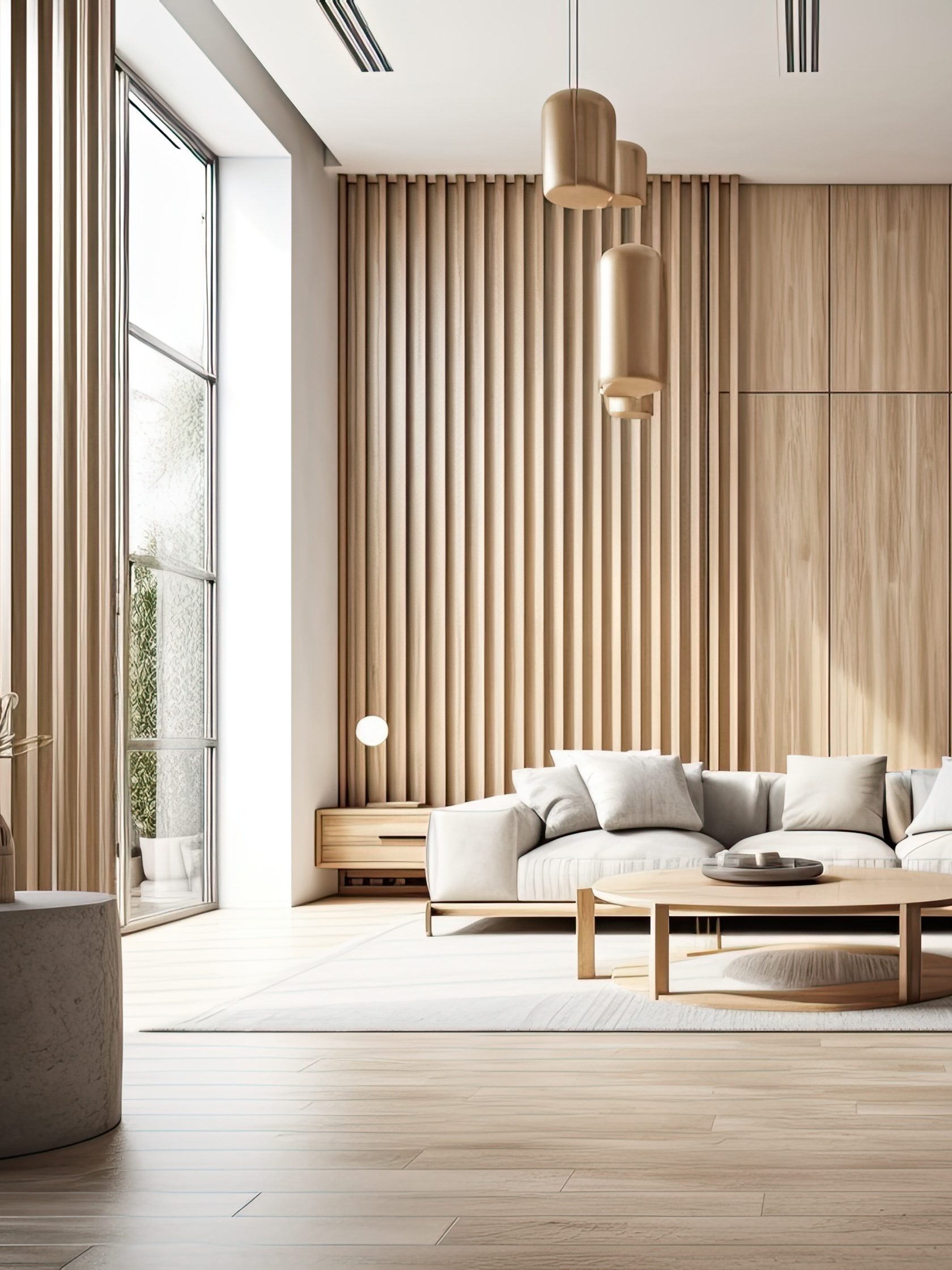
Ceilings as a Canvas for Texture and Detail
Often referred to as the “fifth wall,” ceilings hold untapped design potential. Adding texture to ceilings can create an immersive and well-balanced space. Decorative plasterwork, beadboard paneling, or even coffered ceilings bring dimension and a sense of craftsmanship to an interior. A simple change in ceiling texture can shift the perception of height, making a room feel grander and more inviting.
Molding and trim play an essential role in ceiling design. Crown molding provides a transition between walls and ceilings, softening the edges while adding an element of grandeur. More elaborate ceiling designs, such as tray ceilings or beams, can be further enhanced with detailed trim work to create a cohesive and intentional design. By incorporating texture and molding together, you can achieve a look that feels both sophisticated and seamlessly integrated.

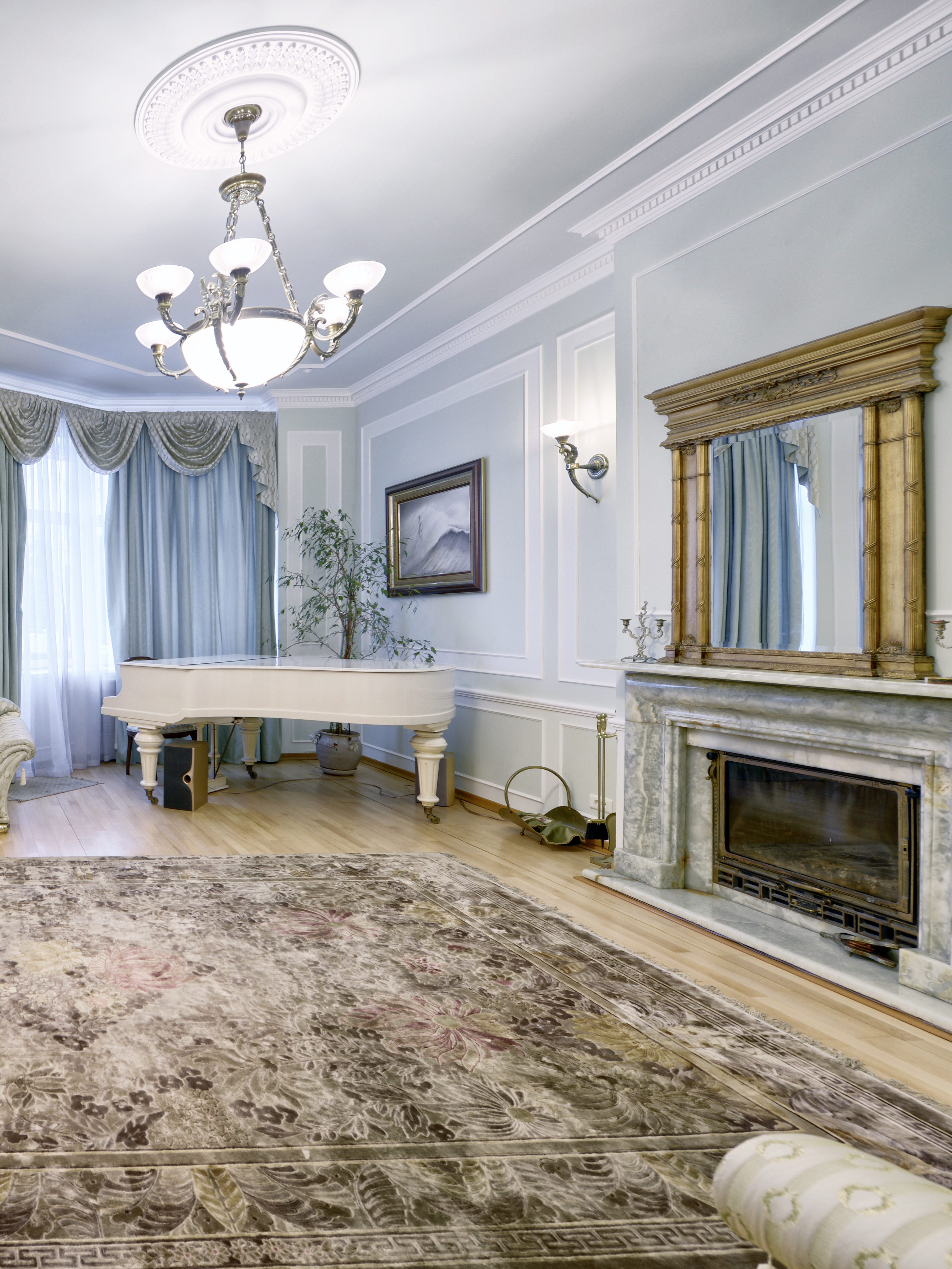
Choosing the Right Textures and Finishes for Molding
The finish of molding and trim plays a significant role in complementing textured walls and ceilings. High-gloss or semi-gloss finishes reflect light, emphasizing the contrast between smooth trim and textured surfaces. Matte finishes, on the other hand, offer a more subtle and understated elegance, allowing the texture to be the primary focus. Wood molding can be left natural or stained to highlight its grain, adding warmth and depth to the overall design. Alternatively, painted molding can create a bold contrast against textured walls, especially in darker or dramatic color schemes. The choice of paint or stain should also complement the overall mood of the room—lighter tones can brighten a space and enhance airiness, while darker finishes add depth and a sense of richness.
When selecting molding finishes, it’s also important to consider the interplay of materials. Glossy finishes work well in contemporary spaces where sleek, defined lines are desired, while distressed or antiqued finishes can add character to rustic or traditional interiors. Additionally, using multiple finishes within a single space—such as matte walls paired with glossy trim—can create a striking yet balanced contrast that highlights architectural details. The texture itself can be introduced to molding through intricate carvings or beadwork, offering another dimension to an already detailed design. Layering different profiles, such as combining crown molding with picture frame molding or beadboard paneling, can also elevate a space by reinforcing its architectural depth. No matter the approach, the key is to ensure that the finish complements both the texture of the walls and the overall aesthetic of the room.
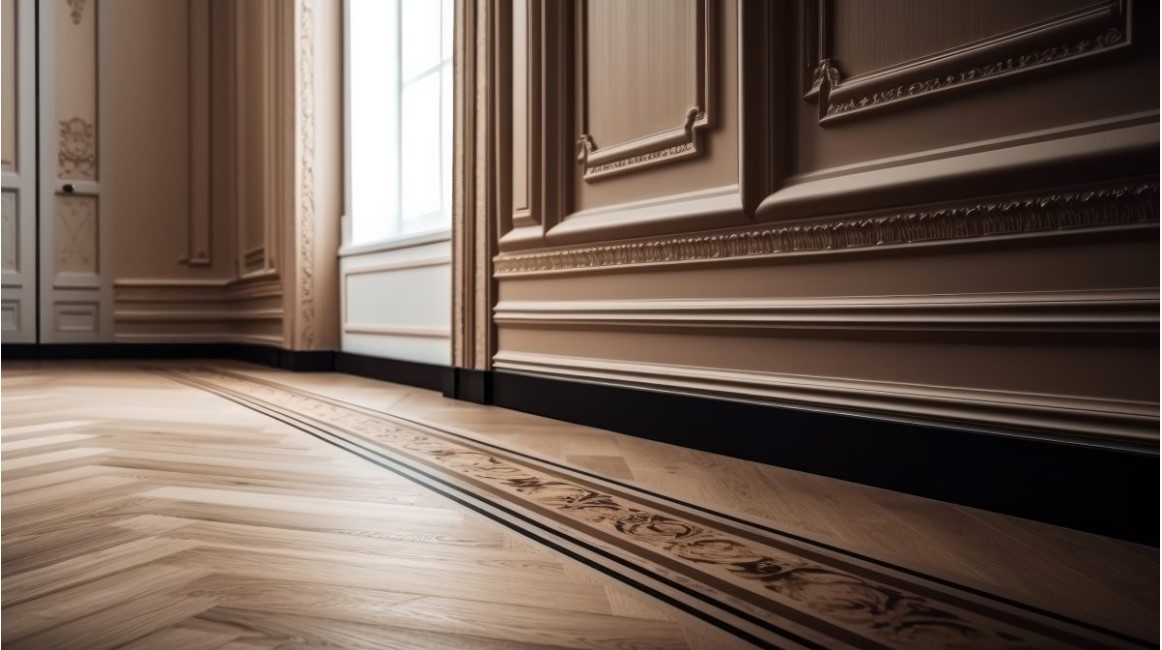
Incorporating texture into walls and ceilings, complemented by molding and trim, allows for a sophisticated and well-thought-out interior. These elements work together to create a layered and cohesive design that enhances both the structure and aesthetic of a space. Whether you opt for subtle textures with refined trim details or bold textures with dramatic molding, the result is a home that feels tailored and timeless. By thoughtfully selecting textures, trims, and finishes, you can achieve a design that not only looks stunning but also feels rich with character and depth. With the right combination of elements, your walls and ceilings will go from mere surfaces to integral parts of your home’s personality and charm.
Check out our Pinterest Board for more inspirational designs and make sure to follow us on Instagram and Facebook @WeAreWoodgrain